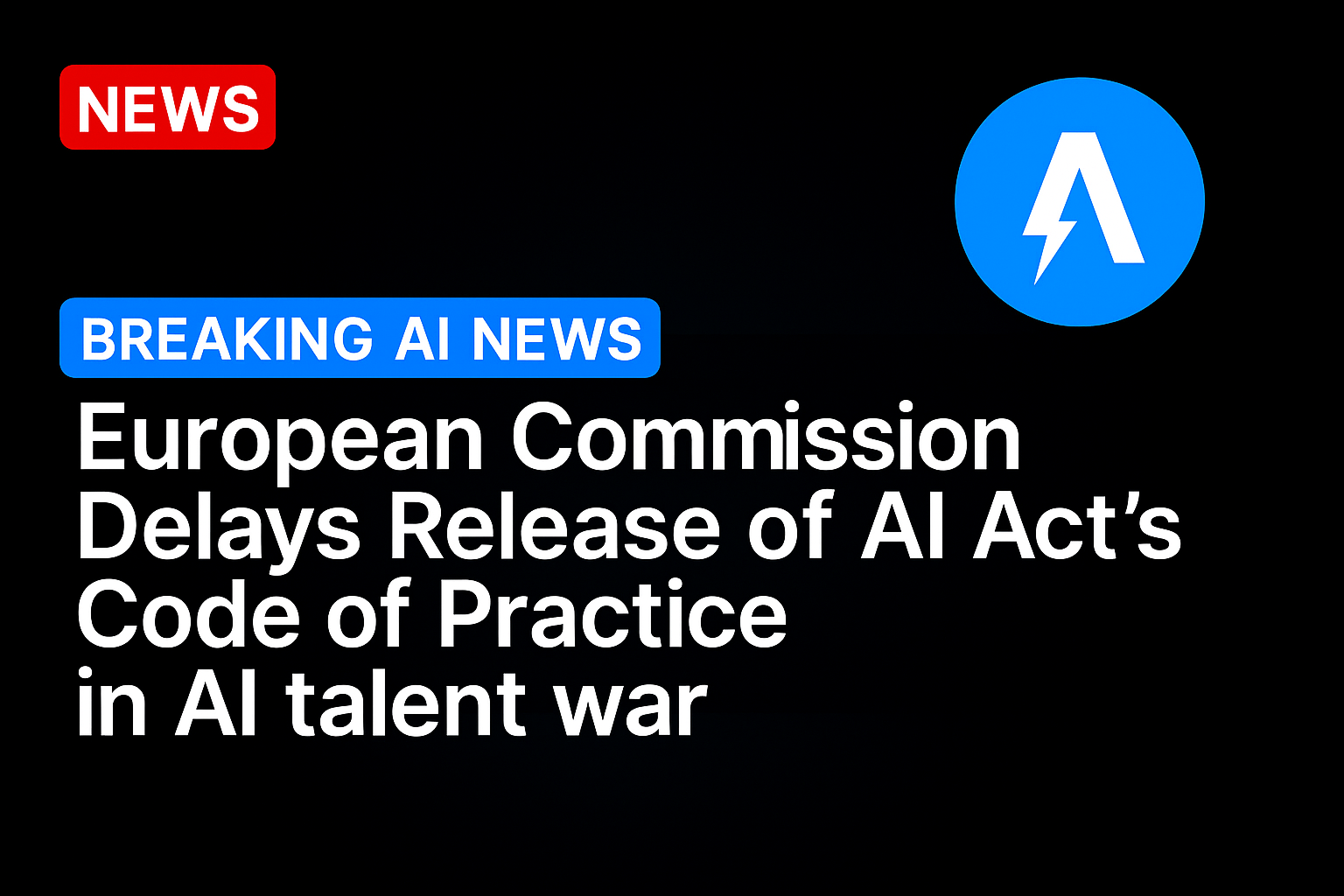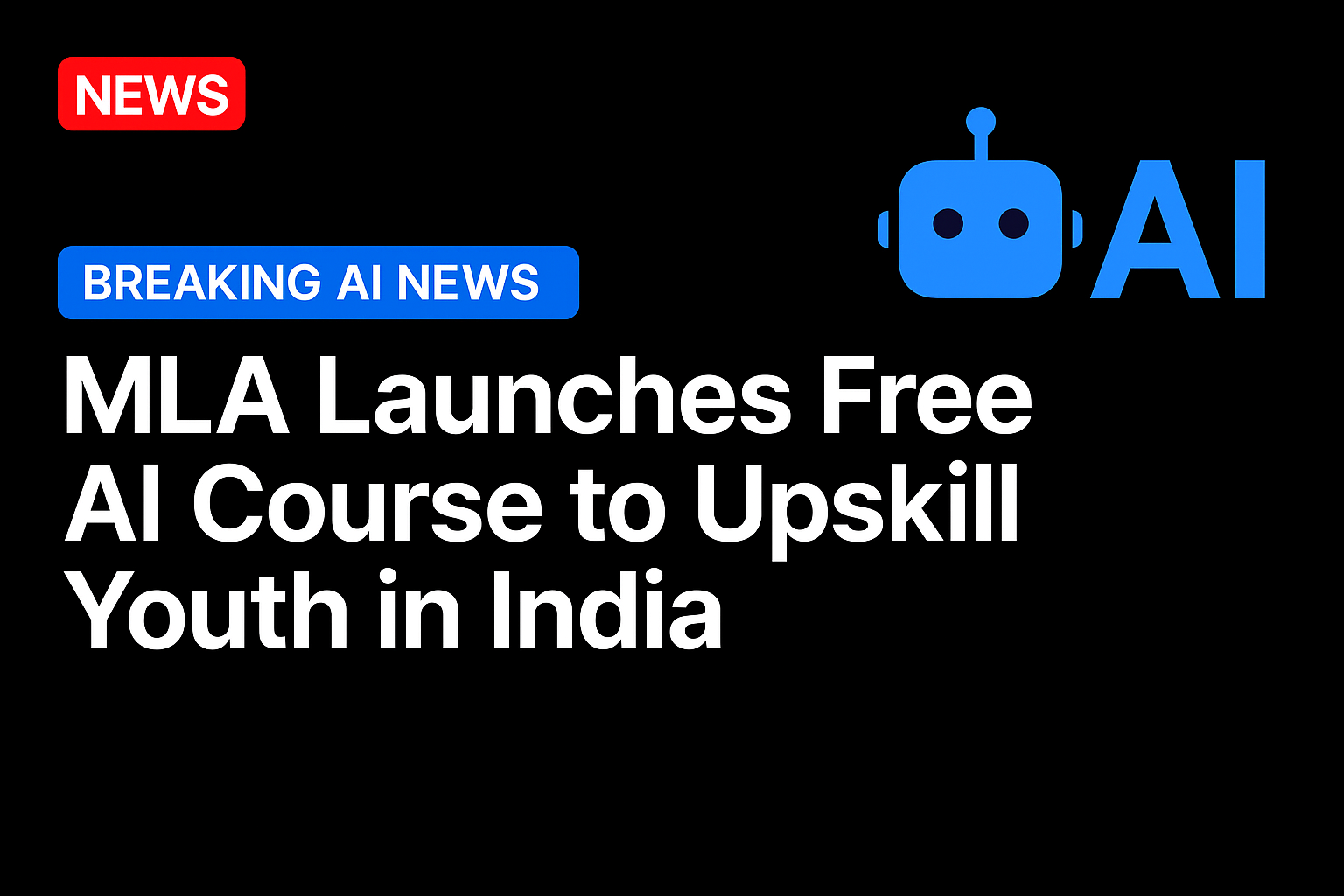
Working capital, pulsing through receivables, payables and inventory, has always been the bloodstream of enterprise health. For generations, CFOs managed that flow through experience and judgment, aided by rows of spreadsheets and late-night reconciliations.
Now, artificial intelligence (AI) is rewiring the circulatory system itself, turning data into intuition and process into intelligence. Across industries, finance teams are testing generative and agentic AI systems to sharpen forecasts, accelerate supplier onboarding, and automate workflows that have traditionally consumed time and talent.
According to findings from the 2025/2026 Growth Corporates Working Capital Index, a Visa report in collaboration with PYMNTS Intelligence, 43% of growth corporates surveyed say they are adopting AI solutions to support planned growth initiatives in 2026. Another 10.6% plan to use working capital tools fused with AI-powered solutions for unplanned growth opportunities such as securing just-in-time inventory or accelerating supplier payments.
Overall, one of the trendlines running through the report is that companies that integrate AI more deeply into their financial operations could, in time, develop a more agile response to volatility.
After all, with better visibility into working capital, CFOs can adjust to rate changes, supply disruptions, or shifts in demand more quickly than rivals. Whether that translates into a sustainable competitive edge remains to be seen, but the possibility is shaping working capital decisions across the corporate landscape.
From Static Models to Adaptive Automations
Much of the enthusiasm around AI in finance centers on efficiency: reducing manual effort, improving accuracy, cutting cycle times. Yet the longer-term question may be about advantage.
Advertisement: Scroll to Continue
AI promises to make forecasting less of a rearview exercise. Machine-learning models can now ingest large volumes of structured and unstructured data: bank statements, ERP records, purchase orders, and even market sentiment. They update predictions continuously, learning from anomalies in real time.
In practice, this means forecasts are becoming less rigid and more responsive. When a major customer extends payment terms or a raw-material price spikes, AI-driven tools can recalculate cash positions automatically. Some may use generative interfaces that allow a CFO to ask natural-language questions: “What happens to liquidity if our top three distributors delay remittances by 10 days?” and receive narrative answers with modeled probabilities.
And if forecasting is about insight, much of treasury work is about execution: payments, reconciliations, compliance checks and liquidity moves between accounts. Here, a newer class of “agentic AI” systems is beginning to take hold.
These tools do more than analyze data; they act on it, within preset boundaries. For example, an AI agent might identify a projected short-term cash deficit, evaluate available credit lines, and prepare an internal transfer request for human approval. Others automatically match invoices to payments or flag exceptions in bank reconciliations.
Another area where AI is gaining traction is supplier management. Specifically, onboarding and due diligence. Multinationals often deal with tens of thousands of vendors, each requiring validation of credentials, tax data, and compliance with local regulations. The process can be slow and inconsistent, tying up working capital and creating friction in supply chains.
Generative AI models, trained on legal and compliance language, can now automate portions of that review. They read documentation, cross-check information against external databases, and generate standardized summaries for human review. If a supplier’s risk profile changes from, for example, a credit downgrade or a sanctions list update, the system can alert procurement and treasury teams immediately.
Still, challenges remain. AI depends on clean, complete data. Many finance systems are fragmented across regions or subsidiaries, limiting visibility. Finance leaders increasingly see AI not as a revolution but as an evolution, one that requires disciplined experimentation, investment in data infrastructure, and a clear-eyed view of the limits of automation.
For now, spreadsheets are not going away. But one thing is certain: their monopoly on working-capital management is ending.
Source: https://www.pymnts.com/




